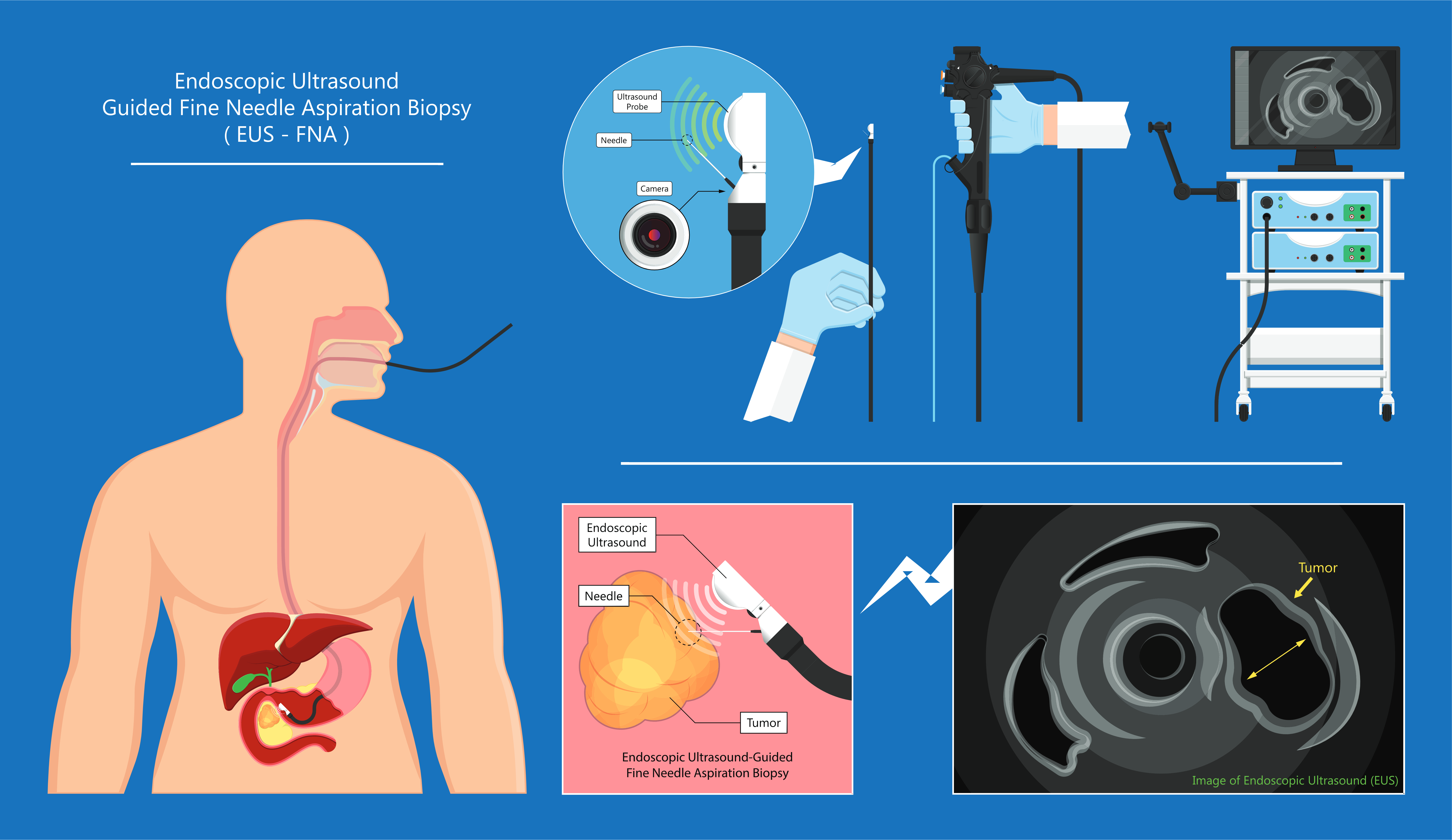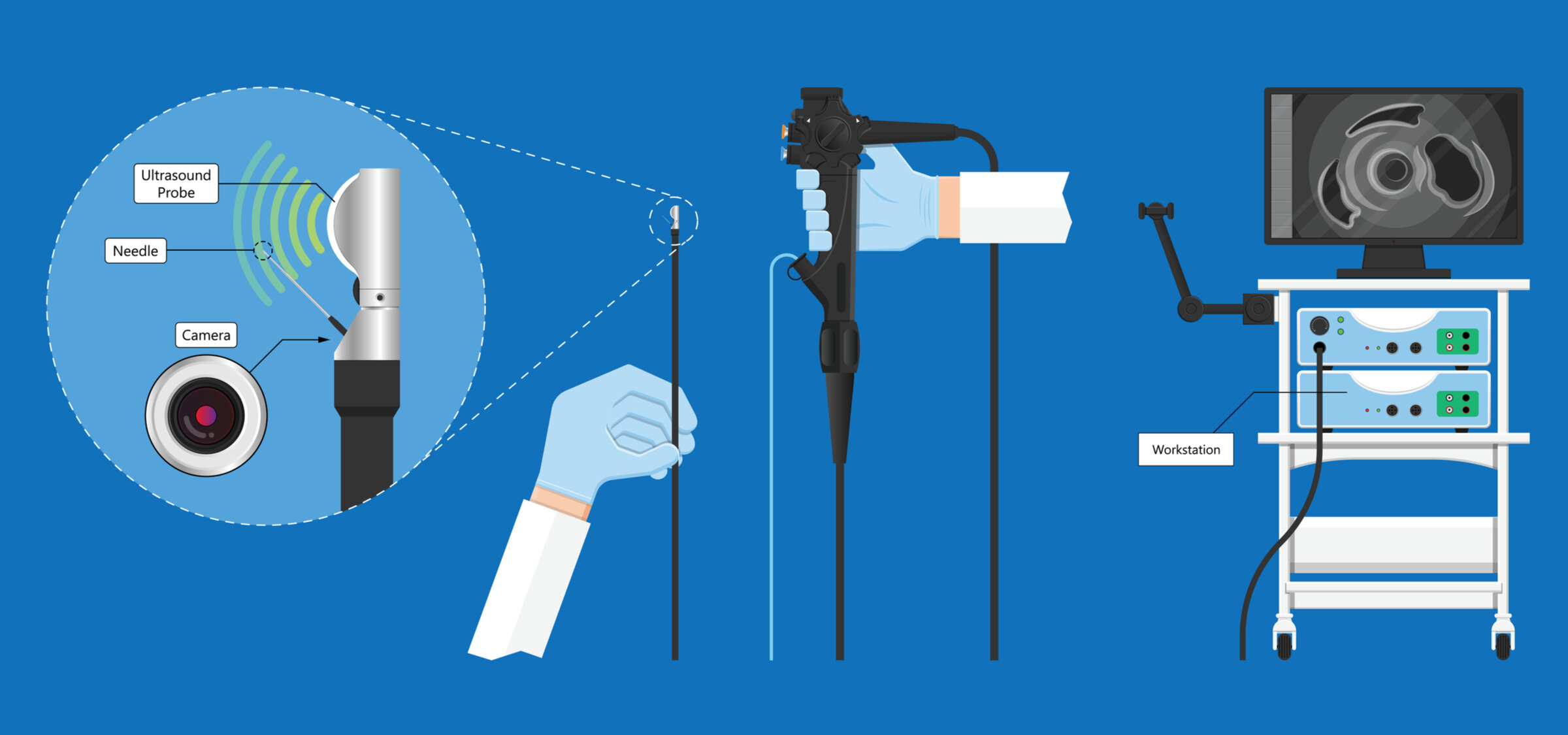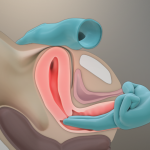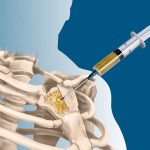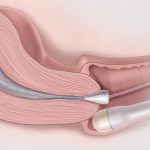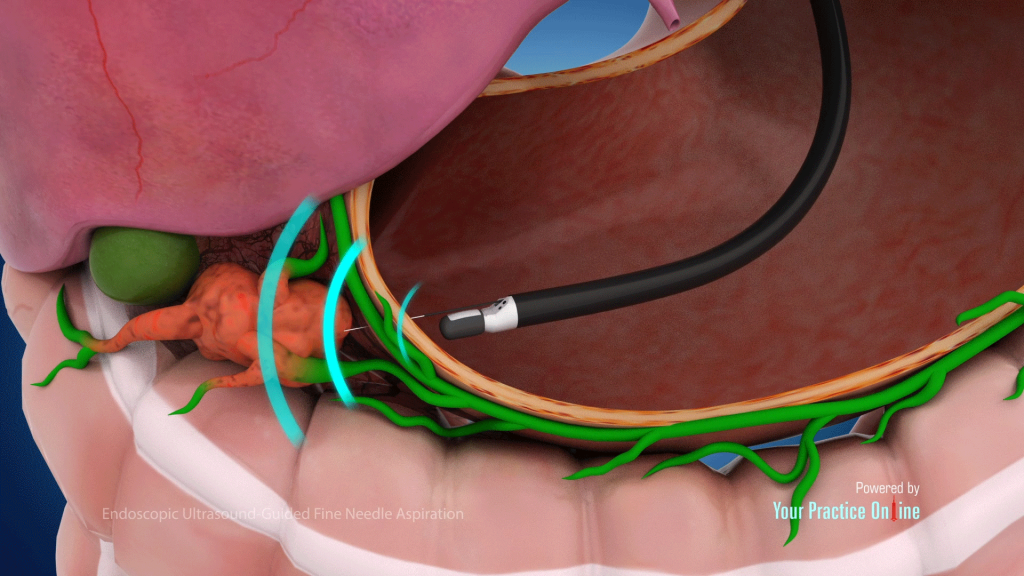
This test combines an ultrasound and endoscopy. It can look at parts of your upper gastrointestinal tract. This includes the:
- food pipe (oesophagus)
- stomach
- pancreas
- bile ducts
- gall bladder
- first part of your small bowel (duodenum)
- lymph nodes

An endoscopy is a test to look inside your body. Your doctor uses a long flexible tube (endoscope) with a tiny camera and light on the end. The endoscope also has an ultrasound probe at its tip.
An ultrasound scan uses high frequency sound waves to create a picture of the inside of your body.
The preparations for this test are the same as an endoscopy.
Why do you need an EUS?
You might have this test to:
- find out the cause of your symptoms
- find out how big the cancer is and whether it has spread
- take a sample of tissue (biopsy) that can help diagnose an abnormal area
- put in a small tube (stent) to open up a blockage
Preparing for your EUS
You might have a blood test beforehand to check your blood levels and how well your blood clots.
Tell your doctor if you’re having medicine that changes how your blood clots. This includes:
- aspirin
- clopidogrel
- arthritis medicines
- warfarin or heparin
- apixaban or rivaroxaban
- ticagrelor
Your doctor will tell you if you need to stop taking these or any other medicines for a while before your EUS.
You can’t eat for 6 hours before the test but you might be able to drink sips of water up to 2 hours before your appointment. Your doctor or nurse gives you written instructions about this before.
Talk to your doctor if not eating could be a problem for you. For example, if you have diabetes.
What happens?
You usually have an EUS in hospital as an outpatient, which means you go home the same day. The test usually takes less than 30 minutes. But expect to be in the hospital for several hours.
First you meet your nurse who asks you about your medical history and any allergies you might have. They may also take measurements such as your blood pressure and heart rate.
A doctor or a specialist nurse (endoscopist) does the test. They’ll first explain what they are going to do and ask you to sign a consent form. This is a good time to ask any questions you might have.
Some endoscopy units may ask you to change into a hospital gown. But you can usually have the test in your own clothes.
Usually you’re awake when you have the test, but you can choose to have a medicine to relax you. This makes you drowsy (sedation).
If you have any false teeth or wear glasses you need to remove them for the test. Your nurse puts a plastic guard in your mouth to protect your teeth from the endoscope.
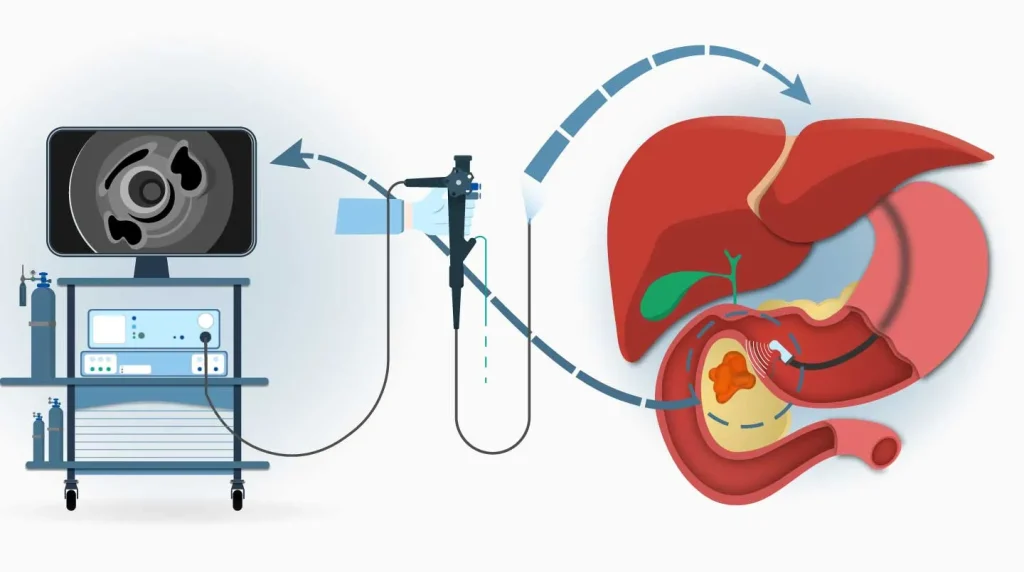
An endoscopy is a test to look at your food pipe, stomach and the first part of your bowel.
You may have this test if you have abnormal bleeding, lasting indigestion or difficulty in swallowing.
On the day of the test you should not eat or drink for 6 hours beforehand.
Just before the test your doctor will spray the back of your throat to numb it. Or give you a sedative which will make you forget having the test.
A nurse puts a mouth guard into your mouth. Then they put a flexible tube called an endoscope into your mouth and down your throat.
This is uncomfortable and may make you gag. Concentrating on slow deep breathing helps.
On the end of the tube is a light and a camera, this sends pictures to a monitor. It also has a tool that can take samples of tissue.
Looking at the monitor they examine your food pipe and then your stomach.
If they see any abnormal areas they will take a tissue sample – called a biopsy.
You won’t feel any pain and you will be able to breathe normally throughout.
Afterwards you need to rest for a while. Your throat maybe sore and you may feel bloated.
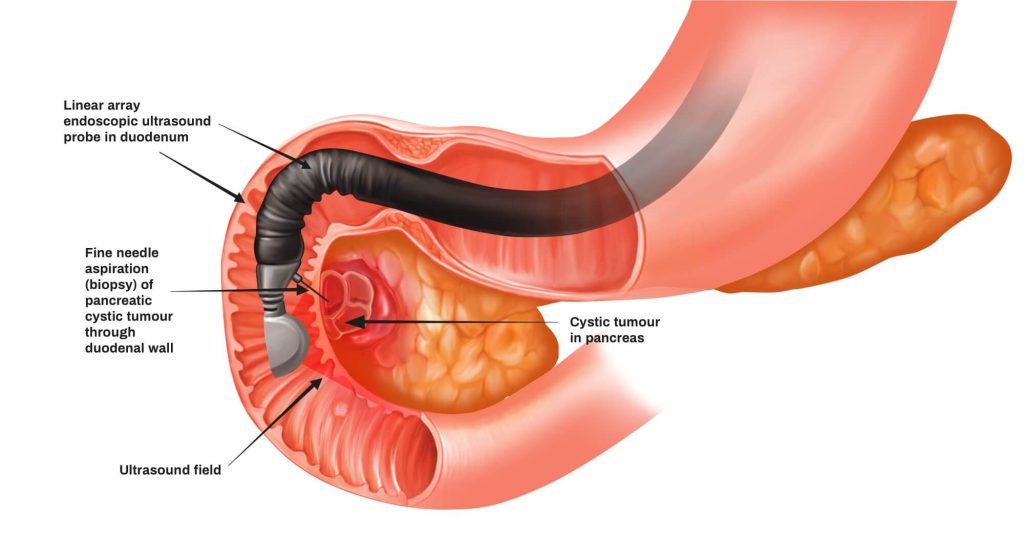
Having the test awake
Your endoscopist sprays the back of your throat with local anaesthetic. This is to numb it and make it easier to swallow the tube. This may make you cough, your eyes may water and it may taste bitter.
You then lie on your left side.
It takes a few minutes for your throat to go numb. Your endoscopist passes the endoscope into your mouth and down your throat to the oesophagus. The endoscope is slightly bigger than a pen and will be uncomfortable but shouldn’t be painful.
They ask you to swallow as the tube goes down. They can see the images from the endoscope on a television screen. They may put a small amount of air into the tube to help them see your oesophagus, stomach and duodenum. This might make you feel like burping.
Your endoscopist takes samples (biopsies) through the endoscope of any abnormal areas. This shouldn’t be painful.
At the end of the test, your endoscopist gently removes the endoscope.
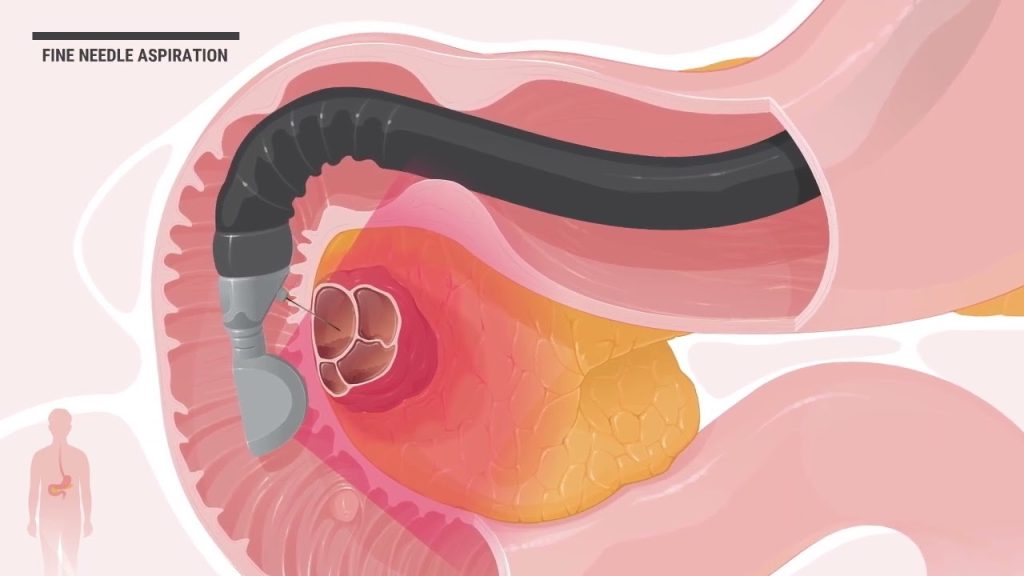
Having the test while drowsy
You lie down on the couch.
Your nurse puts a small plastic tube (a cannula) into a vein in your arm. They then inject the sedative into the cannula. It takes a few minutes for you to get more relaxed and drowsy. You are still able to follow instructions from your endoscopist and nurse.
They give you oxygen through a small plastic tube with prongs that sit just inside your nostrils. They also put a clip on your finger to check your oxygen levels and heart rate.
Your endoscopist then passes the endoscope down your throat.
After your EUS
Your nurse or endoscopist will talk to you about how the test went. They’ll tell you if they took any biopsies and when to expect the results.You might have some bloating and discomfort after the endoscopy. This usually lasts for a few hours.
If you haven’t had sedation, you can usually go home shortly after having the test. You won’t be able to eat or drink until the local anaesthetic spray has worn off. This takes about an hour.
If you had sedation, you stay in the endoscopy unit for an hour or two to recover. You may not remember much (if anything) about the test. You need a friend or relative to take you home and stay overnight.
For 24 hours after having sedation, you shouldn’t:
- drive
- drink alcohol
- operate heavy machinary
- sign any important documents
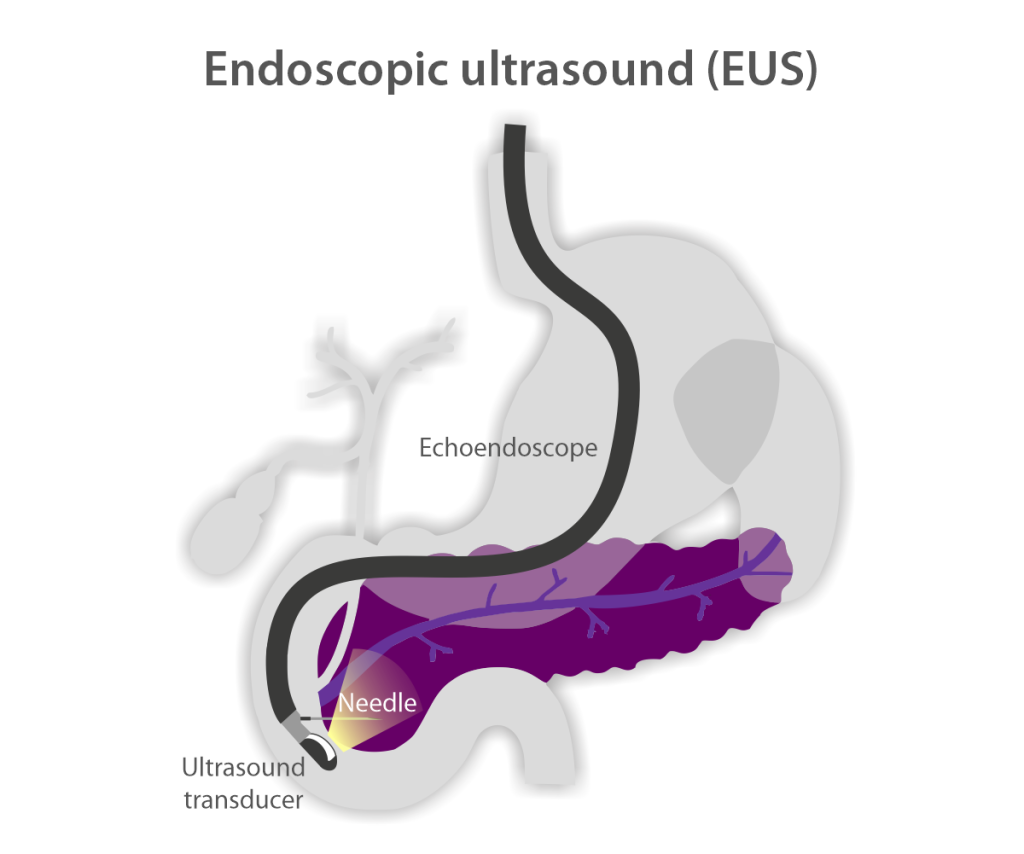
Possible risks
An EUS is a safe procedure, but your nurse will tell you who to contact if you have any problems afterwards. Your doctors will make sure the benefits outweigh the possible risks.
Some of the risks include:
Bleeding
If you have a biopsy you may have a small amount of bleeding. This usually stops on its own. If it doesn’t you might need to go into hospital to stop the bleeding.
Sore throat
This is common after having an endoscopy and lasts a few days. Contact the hospital if you have severe pain in your throat, chest or tummy (abdomen).
Infection
There is a very small risk that after a biopsy the wound can become infected. If you have a temperature, feel hot and cold or shivery, or feel generally unwell, you should contact your GP.
Damage to teeth
There’s a small chance the endoscope can damage your teeth during the test. The mouth guard helps prevent this from happening.
Chest infection
There’s a small risk of breathing in spit (secretions) that you would normally swallow. This is because your throat is numb or from the sedation making you sleepy. Your nurse protects your airway by suctioning away any secretions during the procedure.
Reaction to the sedation
Occasionally sedation can cause problems with your breathing, heart rate and blood pressure. The risks are higher in older people and those with lung or heart problems. Your nurse closely watches you for any problems during the test, so they can treat it quickly.
Tear or hole (perforation)
There’s a very small risk of the endooscope causing a tear in the lining of your oesophagus, stomach or duodenum. You might need an operation to repair this.
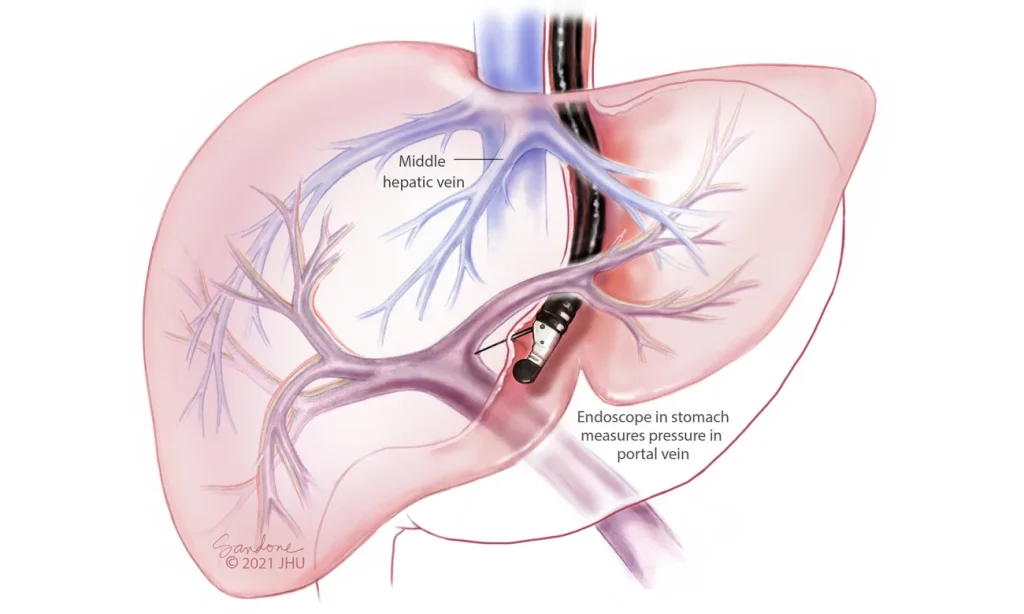
Getting your results
You will get some results before you go home. It takes a little longer for your biopsy results. You should get your biopsy results within 1 to 2 weeks, but it may take longer. The specialist doctor at the hospital might give you your results. Or you might see your GP.
Waiting for test results can be a very worrying time. You might have contact details for a specialist nurse who you can contact for information if you need to. It can help to talk to a close friend or relative about how you feel.
